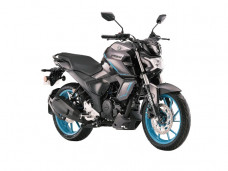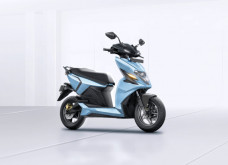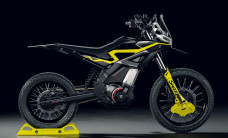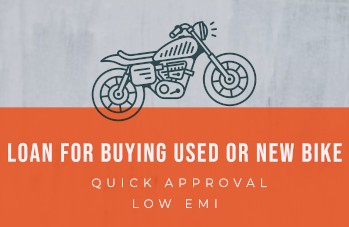
Tube tyres
The conventional or the standard tube tyres bear inner tubes for holding the air, which supports the bike but the inner tubes are at higher risk of deflation and causes puncture quite instantaneously. This might lead to the rider losing balance of the bike, which is quite dangerous. But if your bike has older rims and if you want to replace them then go for tube tyres itself, older rims will not seal the air tightly in tubeless tyres, the air leaks and chances of deflation will be higher. The tube tyres are on a heavier side and that makes handling a little tougher. The other factor is the friction between the tyre and the tube increases rolling resistance. There is one advantage though if you chose to go for standard tyres- they are comparatively cheaper in price than tubeless tyres.
Tubeless tyres
The fact that tubeless tyres are made of superior quality material is its greatest asset/advantage. The bike is made of materials such as halo butyl or chlorobutyl, which makes the tyres heat resistant and lowers the air passage. The tubeless tyres enable fuel efficiency because of their positive features. The tyres are sealed with rubber from the outside and that ensures the air does not leak and the chances of puncture is completely reduced and because of this quality mountain bike riders swear by the tubeless tyres.
And if one has to really find a disadvantage of tubeless tyres it would be the price but if you want the best then monetary issue will take a back seat and you will seldom regret because the tyre compensates those extra rupees with its solid qualities.
Although the tubeless tyre technology was patented by Goodyear long back in 1903 itself, their mass scale production started in fifties and it is only in the recent years their popularity rose and by now the technology has become almost a standard offering with cars and high end motor bikes.
To sum up, the advantages of the tubeless tyres:
- The bikes can run with even lower pressures due to improved traction.
- These tyres will prevent pinch flatting that quite often happen when a tyre hits a big sharp object when the inner tube and rim squash against each other, but no tube prevents this nasty squash, so pinch flatting will seldom happen.
- Puncture will be a phenomenon unless the tyre is torn and/or worn out.
There are some cons of using the tubeless tyres
- Tubeless tyres are expensive systems you may not want your bike to run on them.
- Sometimes, they just add to the kerb weight of the bike that may eventually affect the fuel efficiency of the bike.
- Set up is cumbersome and pumping needs one compressor.
- If sealant is used in excess there is a chance that the valves get clogged.
- Tyre sizes are limited choice as is the choice for treading pattern.
Despite the cons anything that prevents flatting of tyres is worth giving a try. We know the pain that comes with sudden on-road flatting. So aren't the tubeless tyres worth try to run our motorbikes?













